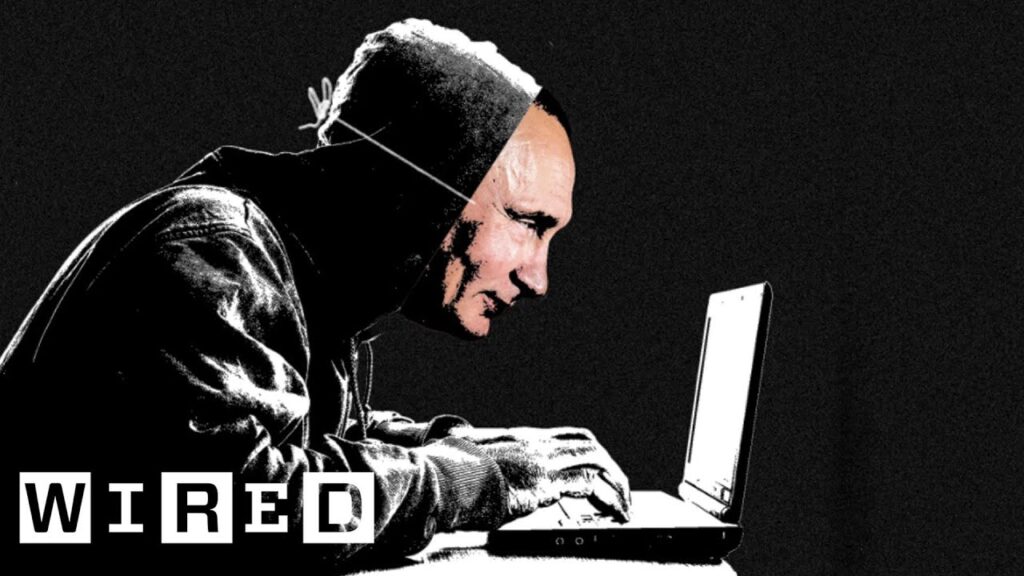Facial Recognition Technology: Weighing the Benefits against the Risks
Summary
Facial recognition technology is being used in various settings, but its use by governments for law enforcement and surveillance purposes is creating concerns among lawmakers and civil rights groups. While the technology has benefits such as improving law enforcement efficiency and speeding up crime resolution, there are concerns about its accuracy in identifying individuals, especially for certain demographics like women with dark skin. The use of facial recognition technology can also be intimidating for individuals who feel like their privacy is being invaded. Despite local governments banning the technology, there is no federal regulation specifically regulating facial recognition. There is a need to weigh the benefits of technology against the potential risks to individual liberties.
Table of Contents
- What is facial recognition technology?
- How does facial recognition technology work?
- What are the concerns with facial recognition technology?
- What are the benefits of facial recognition technology?
- Are there any regulations on facial recognition technology?
- What can individuals do to protect themselves from facial recognition technology?
Introduction
Facial recognition technology has become more widespread in recent years, being used in various settings such as unlocking phones, social media tagging, and airports. However, its use by governments for law enforcement and surveillance purposes is creating concerns among lawmakers and civil rights groups. While the technology has benefits such as improving law enforcement efficiency and speeding up crime resolution, there are concerns about its accuracy in identifying individuals, especially for certain demographics like women with dark skin. The use of facial recognition technology can also be intimidating for individuals who feel like their privacy is being invaded. This article aims to explore the benefits of facial recognition technology against the potential risks to individual liberties.
Q&A
What is facial recognition technology?
Facial recognition technology is a type of biometric technology that uses algorithms to identify people based on their facial features. The technology is used to match a person’s face to an image in a database, such as a driver’s license photo or a surveillance image. The technology is also used to track individuals in real-time, such as at airports and in public spaces.
How does facial recognition technology work?
Facial recognition technology works by finding patterns in a person’s facial features and using those patterns to create a unique “faceprint”. The technology requires labeled pictures as input for its models, and the data for these models comes from government databases and big tech companies that use social media images. When a person’s face is captured by the technology, the software creates a mathematical model of that face, and then compares it to the faceprints in its database to find a match.
What are the concerns with facial recognition technology?
One of the main concerns with facial recognition technology is its accuracy in identifying individuals, particularly for certain demographics like women with dark skin. Studies have shown that the technology can be wrong in identifying individuals, leading to wrongful arrests and other extreme actions by law enforcement. There are also concerns about the use of facial recognition technology for surveillance purposes, particularly by governments. The use of the technology can be intimidating for individuals who feel like their privacy is being invaded. There are also concerns about the lack of regulations on the use of the technology.
What are the benefits of facial recognition technology?
The benefits of facial recognition technology include improving law enforcement efficiency and speeding up crime resolution. The technology can also be used to improve security in airports and other public spaces. In addition, facial recognition technology can be used for personal identification, such as unlocking phones and accessing bank accounts.
Are there any regulations on facial recognition technology?
There is currently no federal regulation that specifically regulates facial recognition technology. However, some local governments have banned the use of the technology by their agencies, such as San Francisco, Oakland, and Somerville. The lack of federal regulation has led to concerns about the potential risk to individual liberties.
What can individuals do to protect themselves from facial recognition technology?
Unfortunately, it is difficult to opt-out from facial recognition technology in both the government and commercial settings. However, individuals can protect themselves by being aware of their surroundings and avoiding areas with facial recognition cameras. Individuals can also use privacy settings on social media to limit the use of their images for facial recognition purposes. Finally, individuals can support organizations and lawmakers advocating for regulations on facial recognition technology.
Conclusion
Facial recognition technology has both benefits and risks to individual liberties. While the technology can improve law enforcement efficiency and speed up crime resolution, its accuracy in identifying individuals is a concern, particularly for certain demographics. Additionally, the use of facial recognition technology can be intimidating for individuals who feel like their privacy is being invaded. With the lack of federal regulation on facial recognition technology, it is important for individuals to take steps to protect themselves and to support organizations and lawmakers advocating for regulations on the technology. Ultimately, as a society, we need to weigh the benefits of the technology against the potential risks to individual liberties.







